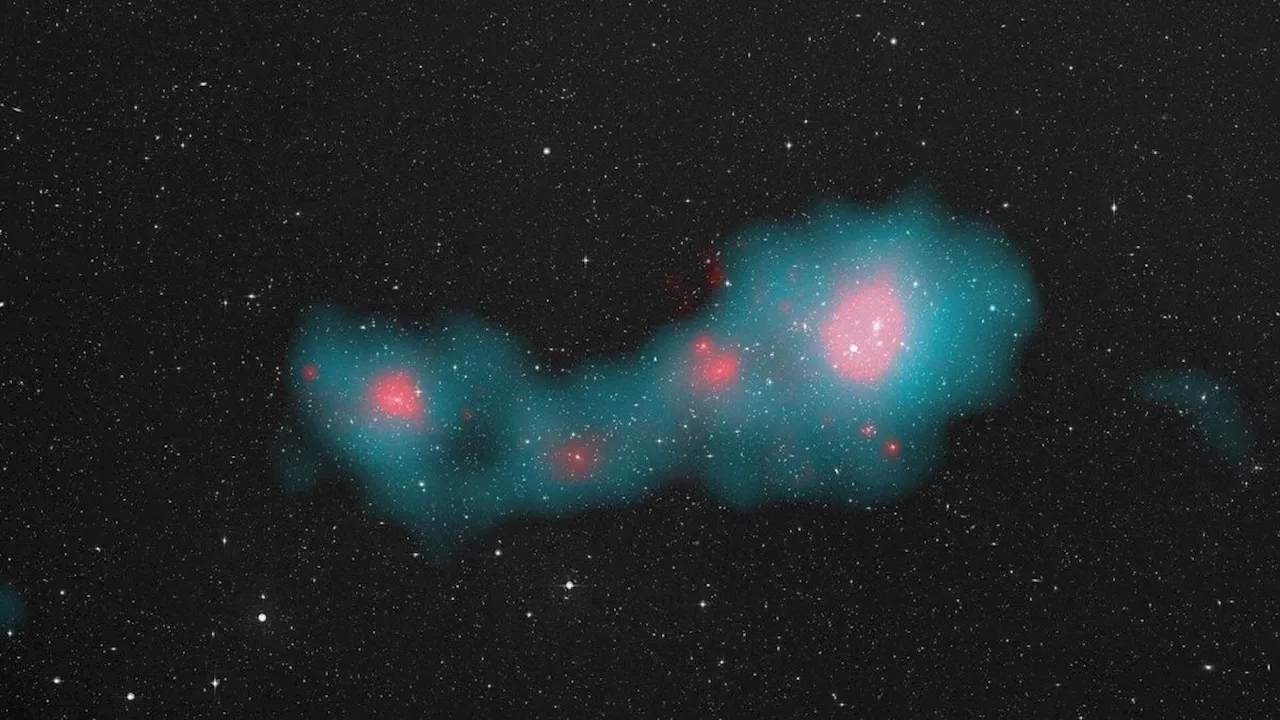Stephanie Pappas is a contributing writer for Live Science, covering topics ranging from geoscience to archaeology to the human brain and behavior.
The Shapley supercluster was one of five giant structures detected in a new study of the local universe. Previously regarded as the largest superstructure in space, it has now been eclipsed by at least four others, including Quipu.Astronomers have discovered what may be the largest-scale structure in the known universe — a group of galaxy clusters and clusters of galaxy clusters that spans roughly 1.3 billion light-years across and contains a mind-boggling 200 quadrillion solar masses.
Quipu was the largest superstructure the researchers discovered in their datasets, but they also found four more giant structures. The smallest, the Shapley supercluster,as the largest superstructure ever discovered. It's now been eclipsed by Quipu, plus three others: The Serpens-Corona Borealis superstructure, the Hercules supercluster, and the Sculptor-Pegasus superstructure, which stretches between the two constellations that give it its name.
This image shows the five newly discovered superstructures. Quipu is the largest structure found in the local universe. The others are Shapley , Serpens-Corona Borealis , Hercules and Sculptor-Pegasus .The researchers also detected the ways that this matter affects the overall environment in the universe. The superstructures affect the cosmic microwave background , the microwave radiation left over from thethat's found uniformly across space.
United States Latest News, United States Headlines
Similar News:You can also read news stories similar to this one that we have collected from other news sources.
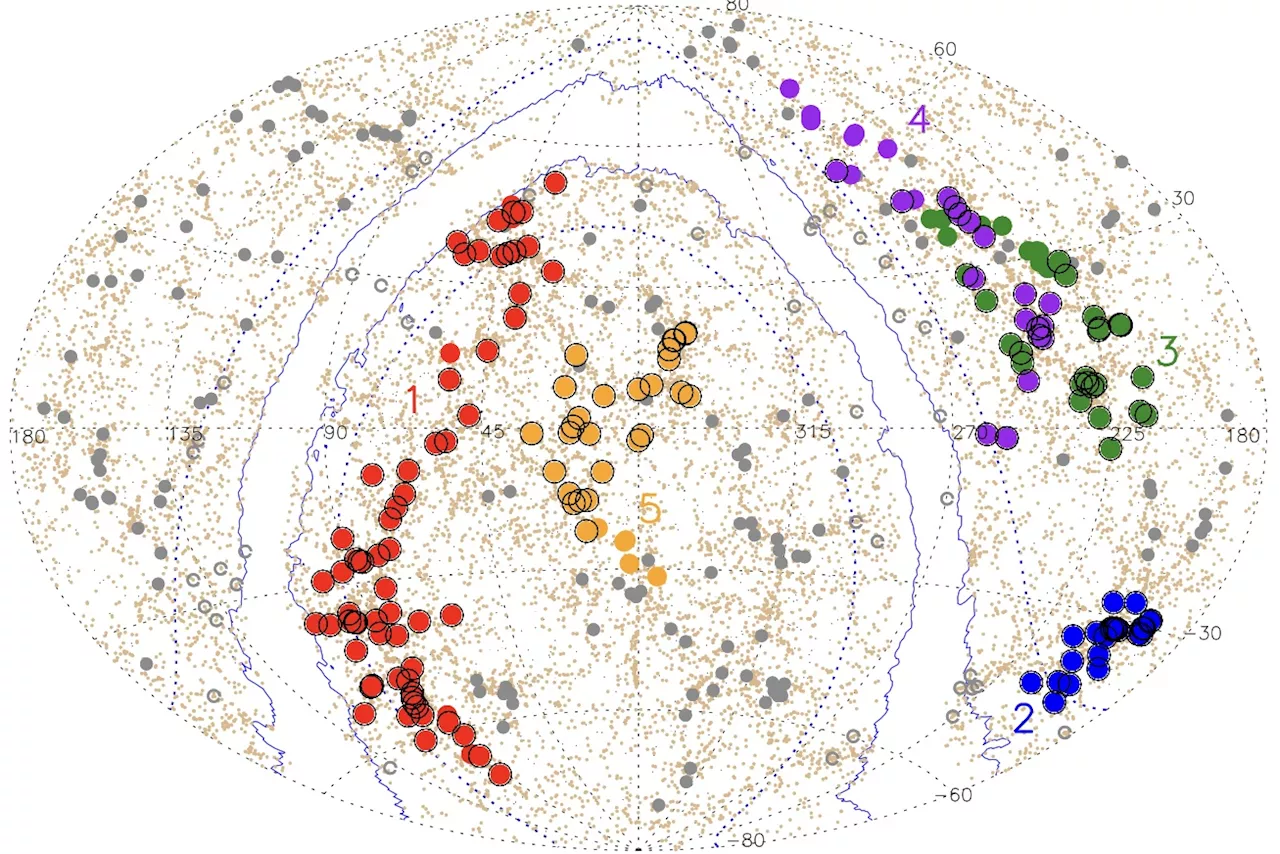 Astronomers Find the Largest Structure in the Universe and Name it 'Quipu'New research identified five new superstructures, the largest structures in the Universe. The largest contains 200 quadrillion solar masses.
Astronomers Find the Largest Structure in the Universe and Name it 'Quipu'New research identified five new superstructures, the largest structures in the Universe. The largest contains 200 quadrillion solar masses.
Read more »
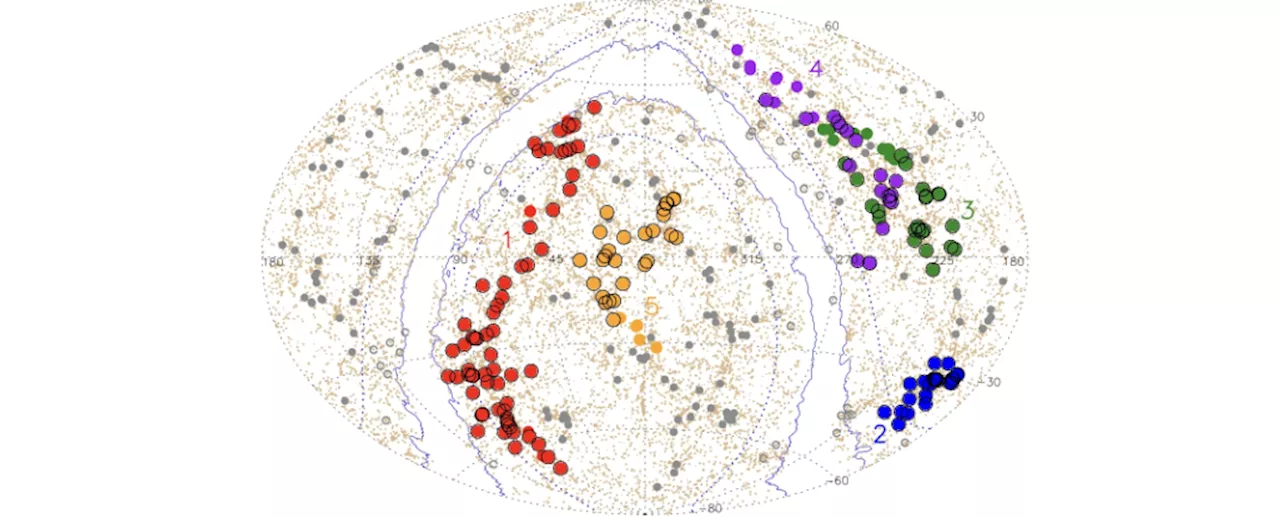 Quipu: The Universe's Largest Structure UnveiledAstronomers have discovered Quipu, the largest structure ever found in the Universe, challenging our understanding of cosmic evolution and impacting cosmological measurements.
Quipu: The Universe's Largest Structure UnveiledAstronomers have discovered Quipu, the largest structure ever found in the Universe, challenging our understanding of cosmic evolution and impacting cosmological measurements.
Read more »
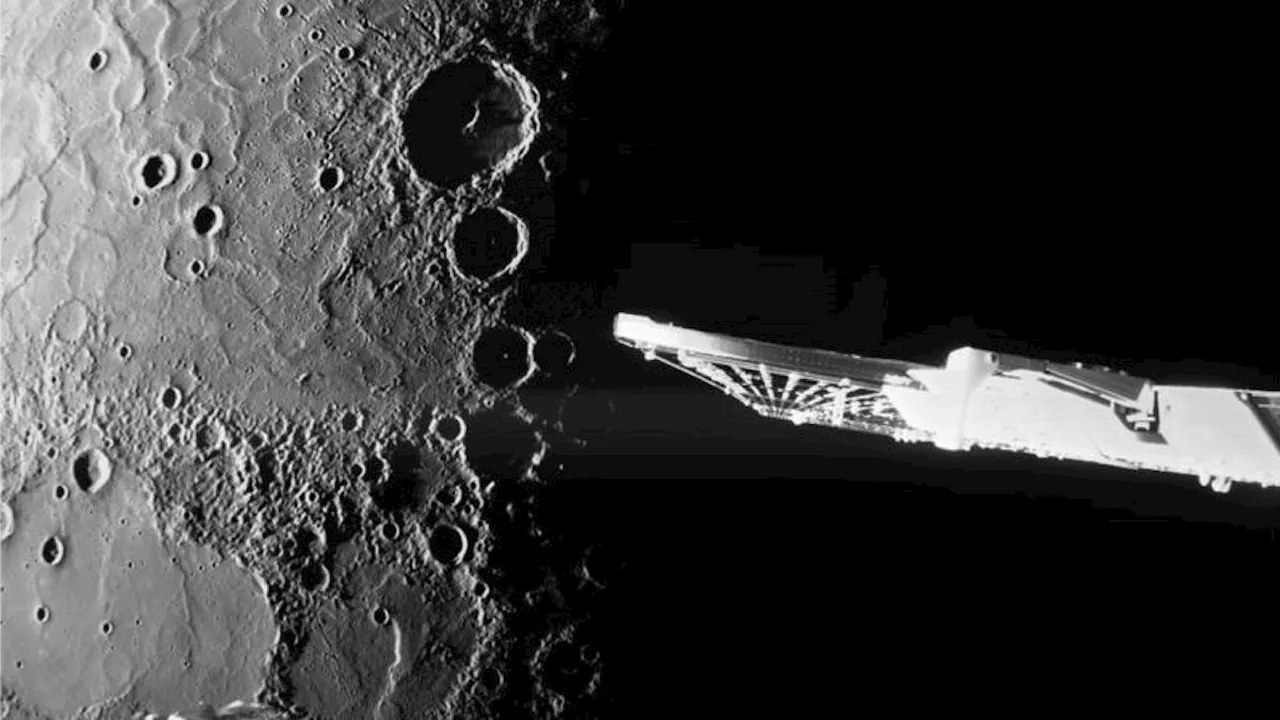 See Mercury's frigid north pole in extraordinary new images from the BepiColombo spacecraftStephanie Pappas is a contributing writer for Live Science, covering topics ranging from geoscience to archaeology to the human brain and behavior.
See Mercury's frigid north pole in extraordinary new images from the BepiColombo spacecraftStephanie Pappas is a contributing writer for Live Science, covering topics ranging from geoscience to archaeology to the human brain and behavior.
Read more »
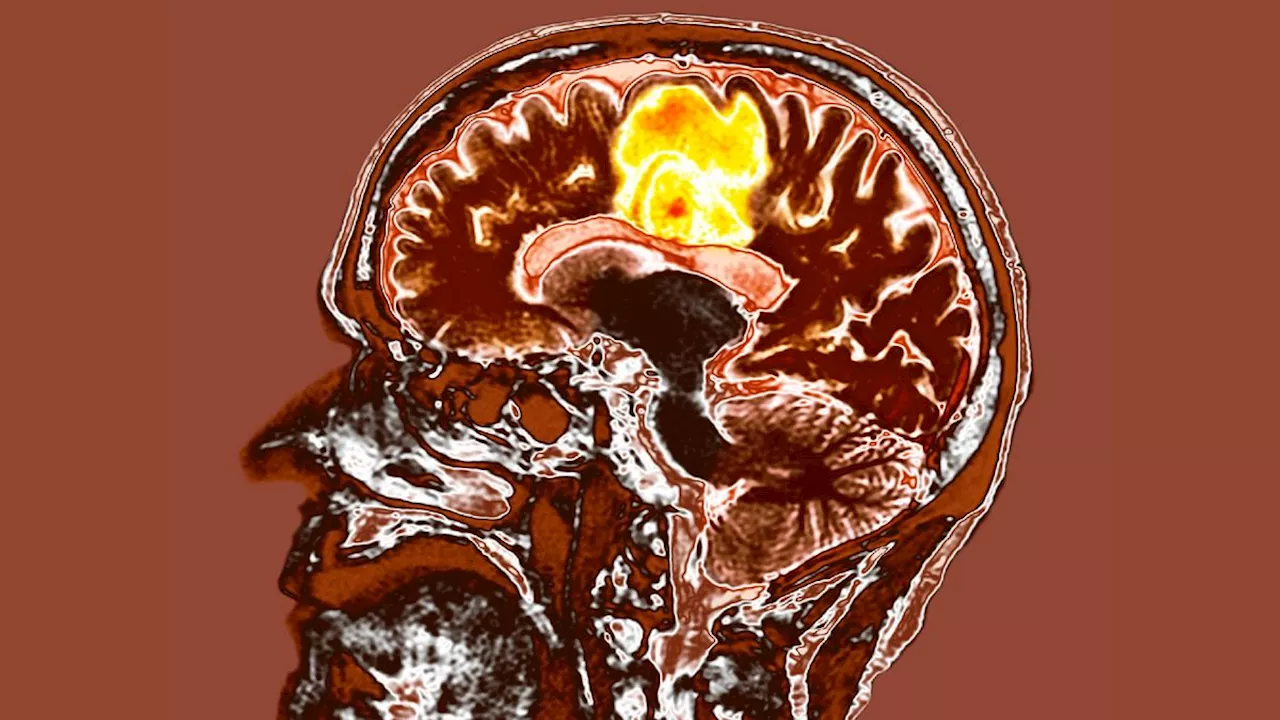 New treatment for most aggressive brain cancer may help patients live longerStephanie Pappas is a contributing writer for Live Science, covering topics ranging from geoscience to archaeology to the human brain and behavior.
New treatment for most aggressive brain cancer may help patients live longerStephanie Pappas is a contributing writer for Live Science, covering topics ranging from geoscience to archaeology to the human brain and behavior.
Read more »
 James Webb telescope captures 1st 'mid-infrared' flare from Milky Way's supermassive black holeStephanie Pappas is a contributing writer for Live Science, covering topics ranging from geoscience to archaeology to the human brain and behavior.
James Webb telescope captures 1st 'mid-infrared' flare from Milky Way's supermassive black holeStephanie Pappas is a contributing writer for Live Science, covering topics ranging from geoscience to archaeology to the human brain and behavior.
Read more »
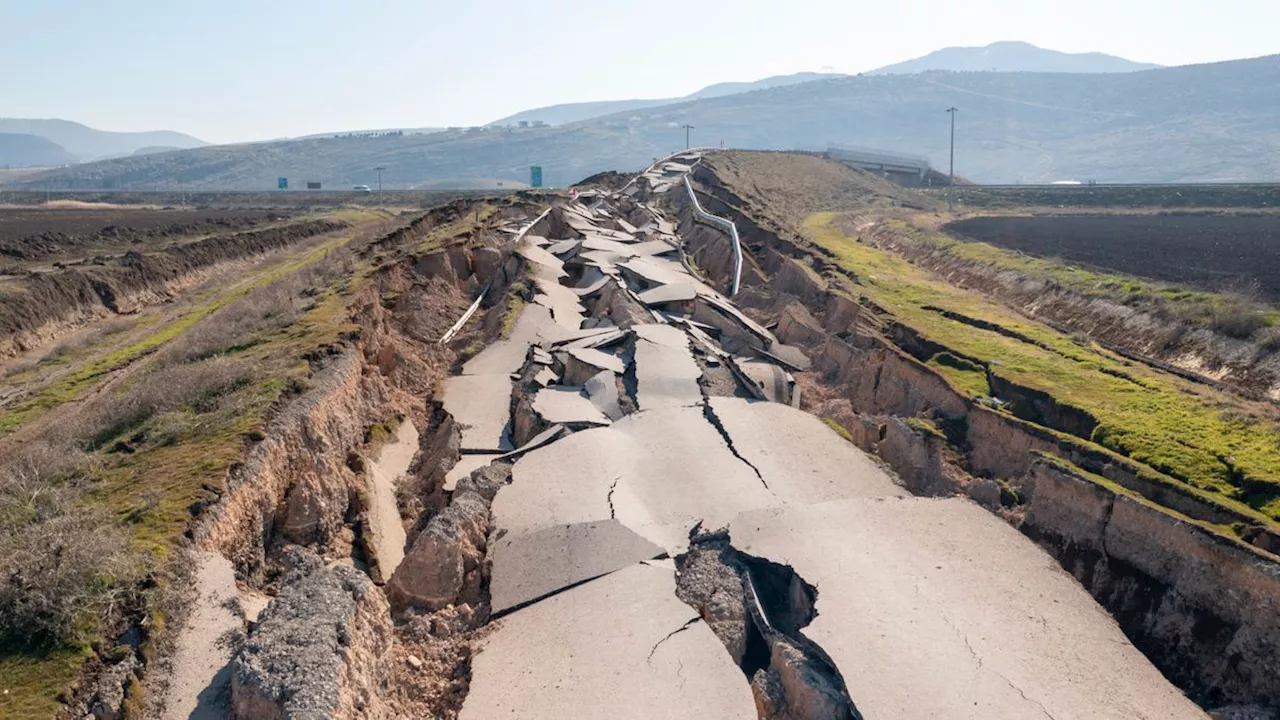 Scientists find hidden mechanism that could explain how earthquakes 'ignite'Stephanie Pappas is a contributing writer for Live Science, covering topics ranging from geoscience to archaeology to the human brain and behavior.
Scientists find hidden mechanism that could explain how earthquakes 'ignite'Stephanie Pappas is a contributing writer for Live Science, covering topics ranging from geoscience to archaeology to the human brain and behavior.
Read more »
